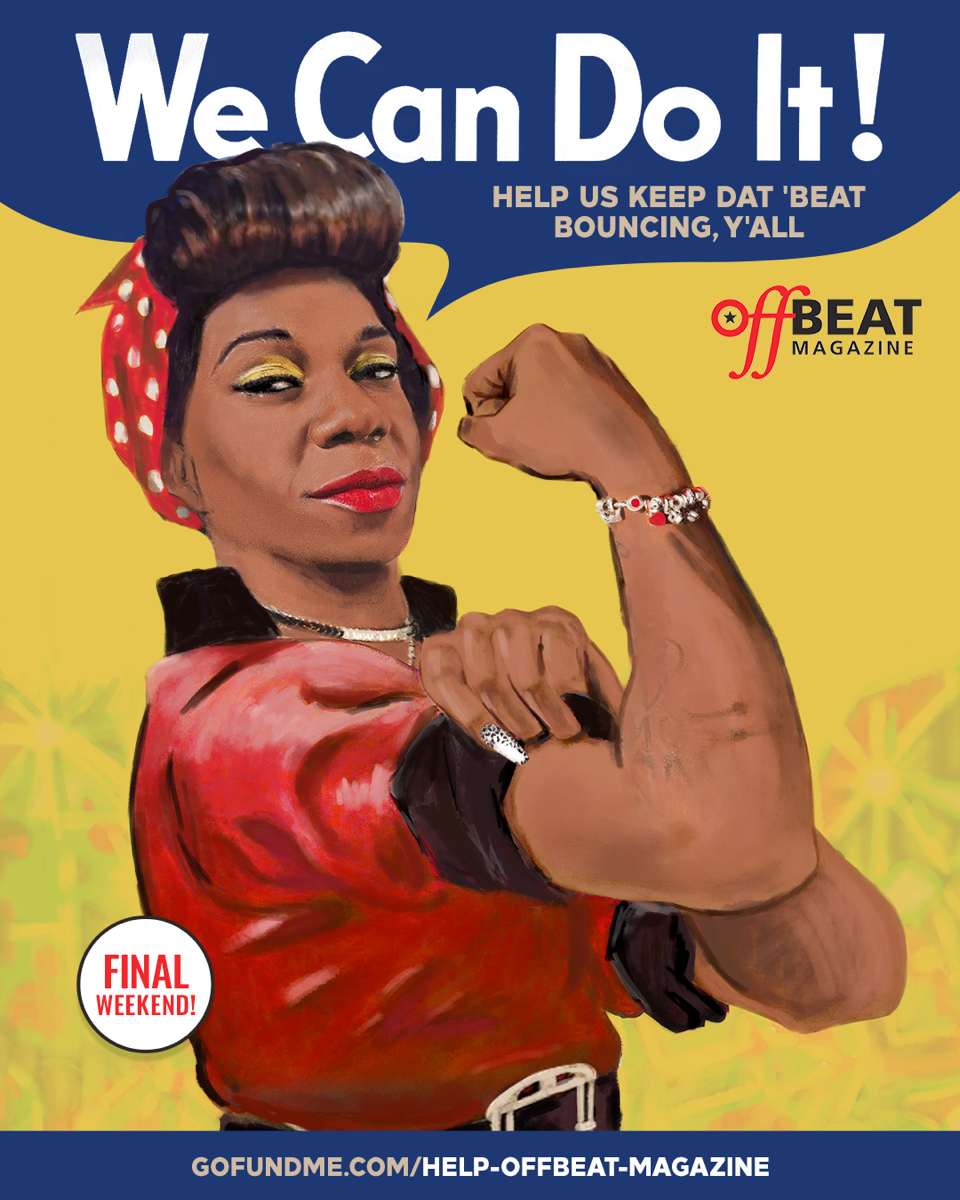 |
There is something of the colonial administrator’s self congratulation at his understanding of native culture in these oddly configured reissues of American blues and zydeco originally recorded for the French Maison de Blues and Polydor labels in the late 1960s and early 1970s. These recordings provide a lightly different look at the artists simply because they weren’t designed to be played on American radio, but in each case the featured musician finds a way to let the listener know who’s really in charge.
T-Bone Walker was living in Paris when Good Feelin’ was recorded in 1968 for French Polydor with a band of players the guitarist met in France. Though Walker was in his declining years the session is a spirited romp highlighted by an emotionally charged performance from saxophonist Manu DiBango.
 |
Peter “Memphis Slim” Chatman had been living in Paris since 1962 when the Buddy Guy/Junior Wells band hit town on tour with the Rolling Stones. This hastily assembled session lived up to the album’s title South Side Reunion. Though the producers didn’t even see fit to credit Wells as an equal part in this reunion, once the band started rolling, nothing mattered but the music. Despite the fact that Guy was one of the best known blues guitarists at the time, Chatman established the pecking order with one of his trademark toasting numbers, “Good Time Charley Brown” and with his outright challenge to Muddy Waters on “Rolling and Tumbling.”
 |
Producer Philippe Rault uses the notes on Clifton Chenier’s Frenchin’ the Boogie to insult accordion music, explain to the listeners that zydeco is “beans music” and worry over Chenier’s French (“Think Quebecois, but three notches up in terms of colloquialisms”). It’s not surprising that he refers to Chenier’s truculence in the studio, but Chenier gives him what he wanted here, a collection of blues and R&B tunes sung in French, some rock ’n’ roll songs and a version of “Laissez Les Bons Temps Rouler.” Chenier is clearly aware he’s singing to an audience of French tourists even though the record was recorded in Louisiana with Cleveland Chenier on rubboard, Paul Sinegal on guitar, Robert Peter on drums and Buckwheat Zydeco on keyboards. Maybe that’s because Rault came up with the brilliant idea of using members of Louisiana Leroux’s rhythm section to back up Chenier’s band.
 |
Clarence “Gatemouth” Brown was notoriously hostile toward guitarists he felt were his inferiors, particularly Guitar Slim (“He died trying to be me”) and Chuck Berry, who he regularly described as a clown. He held most rock guitarists in particular disdain, which makes his meeting with Canned Heat’s Henry Vestine on Gate’s On the Heat especially interesting. Brown’s guitar playing, heard to good effect elsewhere on the album, is distinguished by a deep, resonant clarity of tone and a swinging articulation of the flow of notes. But on the title track, Vestine is on guitar and Gate is on violin and Vestine’s heavily distorted, loud and arpeggiated technique annoyed Brown, who had an exchange with Vestine in the studio that almost scuttled the session.
 |
The DVD Canned Heat Live at Montreux offers a visual adjunct to this clash of cultures as Brown joins Canned Heat mid-set and repeatedly silences the band during the performance to engage the crowd singlehandedly. Clearly one of the qualities than enabled Canned Heat to effectively back the wide range of bluesmen they played with was the ability to avoid taking musical insults personally.




